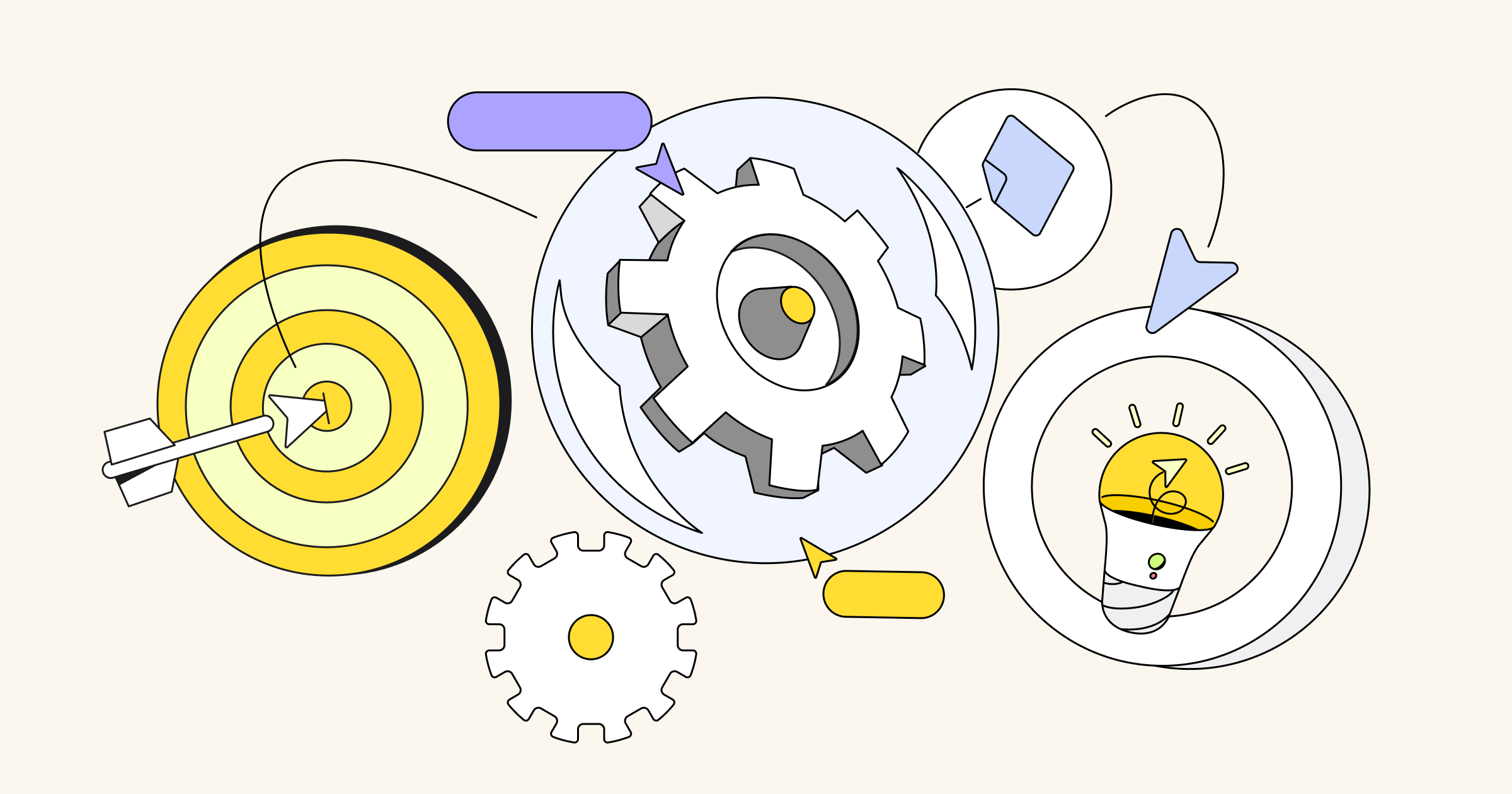“Change is the only constant,” the Greek philosopher Heraclitus once said. And in today’s rapidly evolving tech landscape, this statement has never been more valid. But with change comes fear — especially when it threatens the established ways of doing things in a company. Agile transformations, though rewarding, can bring about such fears.
Understanding the fear factor in Agile Transformations
Every time a company seeks to change, it disrupts the comfort zone of its employees. However fear poses a persistent challenge to innovation across all levels of an organization. In fact, a recent survey showed that 62% of leaders say that fear gets in the way of innovation at their company. Similarly, information workers identified “leaving their comfort zone” as one of their top three cultural challenges. So, how do we transition smoothly without shaking the foundational culture of our organizations?
1. Communicate the change
Clarity can dispel many fears. It’s essential to ensure every team member understands that a certain degree of disruption is part and parcel of the Agile Transformation process.
It may help to identify and communicate a team development / performance model to frame changes as normal and expected stages of development. The most common one I recommend is Tuckman’s stages of group development, which includes descriptions of periods of Forming, Storming, Norming, Performing, and Adjourning. Tuckman’s model explains that as the team develops maturity and ability, relationships are established, and leadership style changes to be more collaborative or shared.
Another great resource is the Drexler-Sibbet model of team performance which shows the predictable stages involved in both creating and sustaining teams that move from trust building through goal clarification to implementation and high performance. This model is also bi-directional, so it’s expected that teams will move up and down the stages of development regularly.
By introducing models like these, leaders can provide a roadmap to the journey ahead and emphasize that initial chaos is not just expected — it’s a sign of growth.
2. Champion the power of self-organization
When individuals have control over their work environment, it fosters a sense of ownership and commitment. This principle lies at the heart of Agile methodologies. While leaders should advise on ideal team sizes and organizing around shared values, it’s also crucial that they empower individuals to choose their own teams.
Informed self-organization is the sweet spot between chaos and rigid structure. This means that leaders and coaches should share the necessary information on best practices around team size, necessary skill sets, minimizing or eliminating dependencies between teams, and other desirable outcomes so that individuals can make good choices about how to form teams and join the team that will be most fulfilling for them and their career goals. One of the highest and most impactful examples of self-organization is dynamic re-teaming, where teams are formed and change constantly to best suit how the work should be done, without long-lived, rigid team boundaries. Find the right balance for your organization.
3. Democratize the decision-making process
Gone are the days when decisions were made in boardrooms and passed down the hierarchy. In Agile Transformations, everyone has a voice. Some ways to ensure this is the case include:
- Voting, the most common form of democratic decision making, which gives teams a way to decide on their ways of working and contribute their perspective to broader decisions outside of the team.
- For larger and more complex decisions, Open Space strategies encourage and direct participation. These have helped groups of as large as 2,000 people self-organize to address complex problems and make meaningful decisions.
- For smaller-scale decisions, Liberating Structures has a set of easy-to-learn microstructures that increase relational coordination and trust while encouraging lively participation for groups of all sizes
- Ensure that the Agile Center of Excellence/LACE’s decisions about ways of working are data-driven and include the participation of the teams subject to the changes.
- Support asynchronous decision-making to ensure that everyone is given agency to contribute to the decision-making process — not just the team members in a certain time zone or the loudest voices in the room. If you can delay the decision to get everyone’s feedback, the outcomes on the whole will be better.
When team members feel they have a say in the processes, resistance decreases and collaboration flourishes. It’s also beneficial to leadership to embody the values of transparency and openness.
4. Position changes as experiments
In the Agile world, change is iterative and not all decisions will be reached by consensus. By presenting new strategies as experiments, teams can approach them with an open mind and a sense of curiosity. These “experiments” should have a defined timeline, and, once completed, the outcomes should be evaluated. Celebrate the successes and learn from the missteps.
Agile Transformation isn’t just about new methodologies or tools — it’s about people. By addressing fears head-on, communicating effectively, and empowering teams, companies can ensure that their agile journey strengthens their culture, rather than destabilizing it. In the words of Richard Branson, “We are not afraid of making mistakes, of tripping up, of looking foolish. We are afraid of not trying.” Embrace change, but do so with empathy and understanding.




